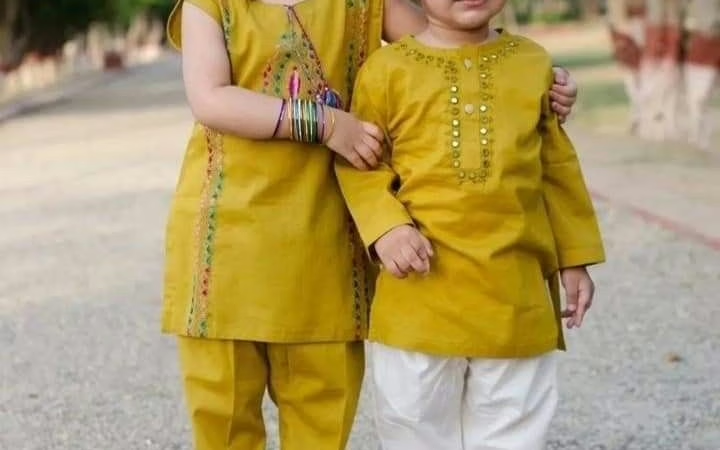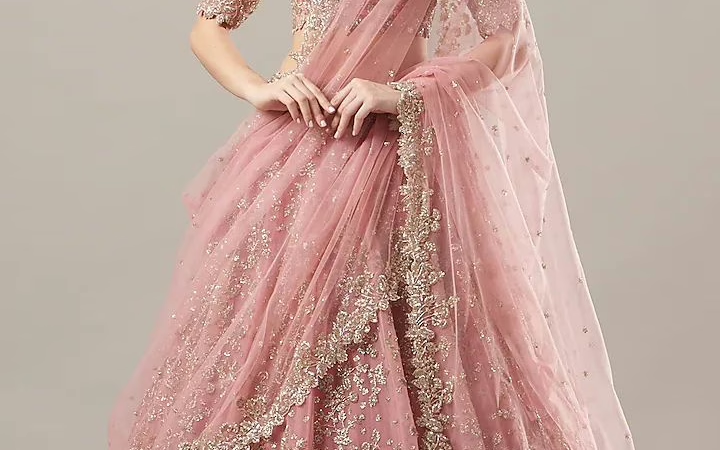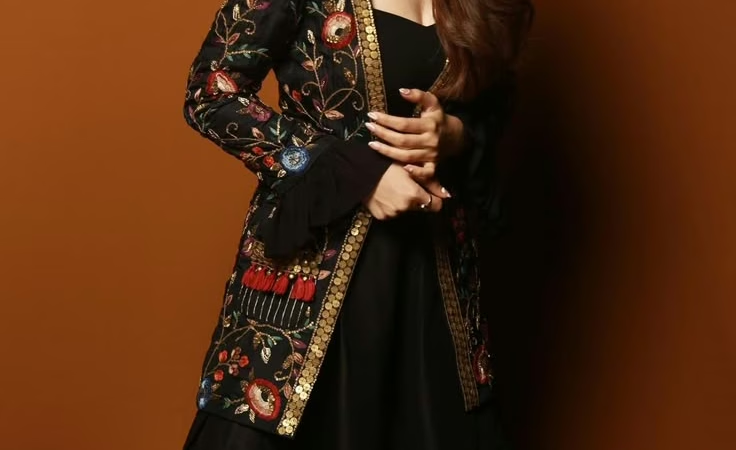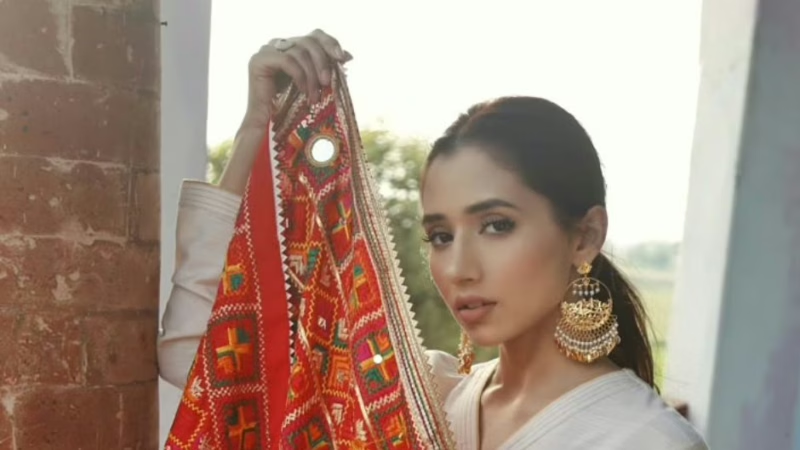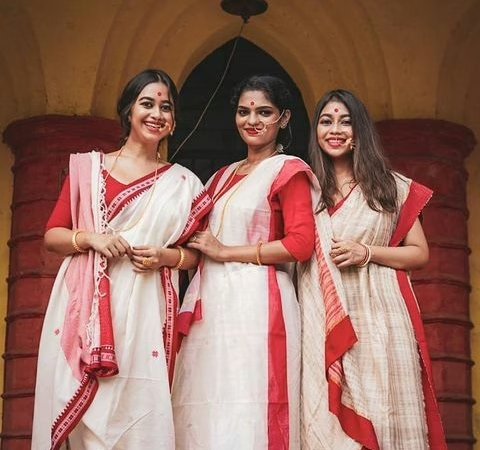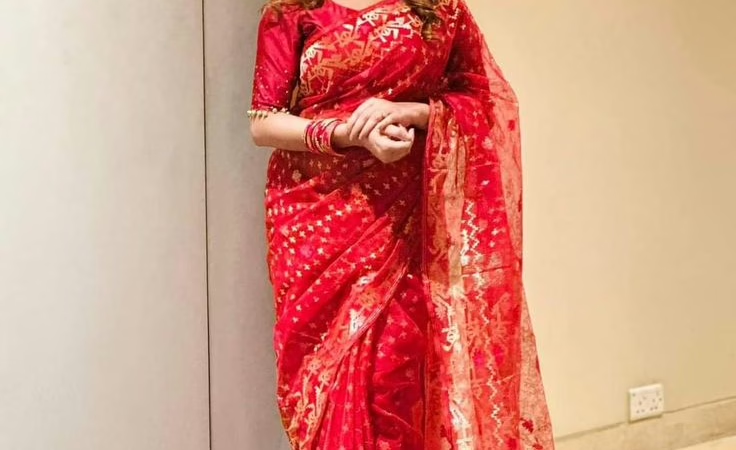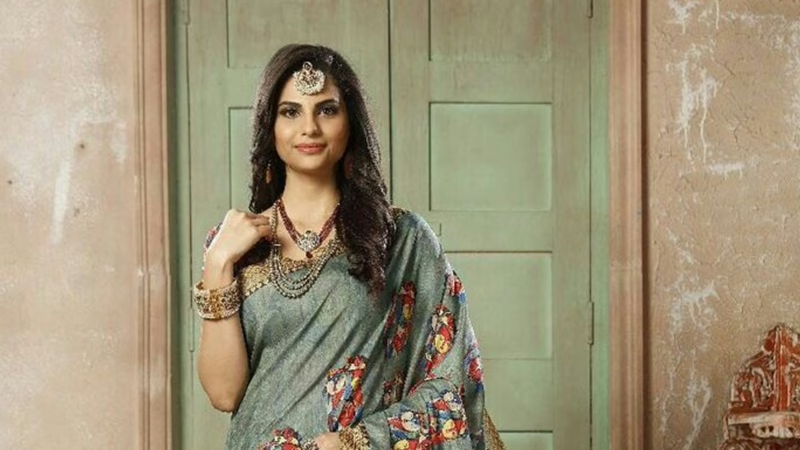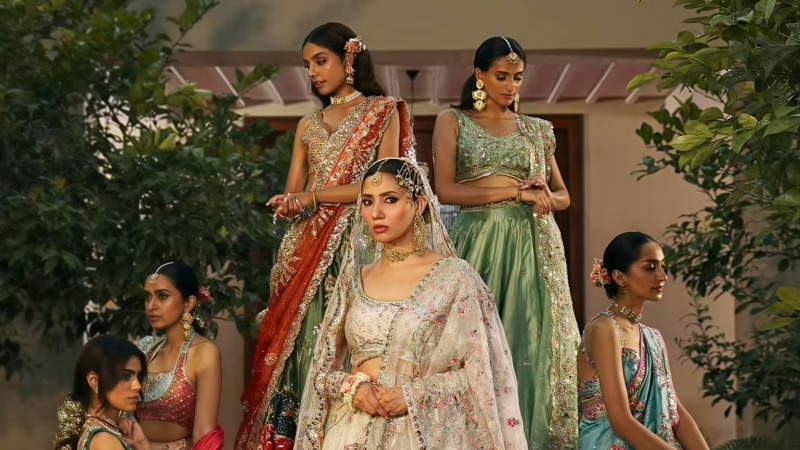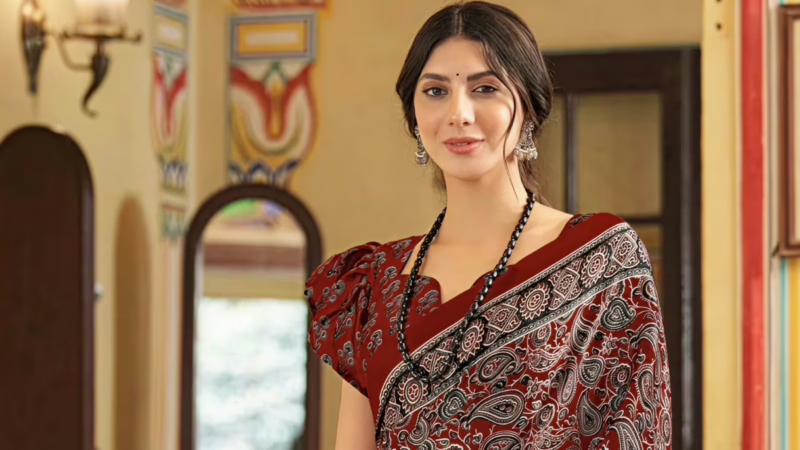As a parent, you want to make your tiny trendsetter comfortable and stylish. The ethnic wear you choose for your little one should make him/her look adorable with a generous touch of tradition. In today’s post we have rounded up the 5 best ethnic wear for kids that are not only stylish but perfect and practical for any festive event.
Learn 5 proven lehenga for women care hacks to ensure your bridal or designer piece looks great for years. Check out our post here.
Fashion is a stunning mix of comfort, culture, and creativity, and eye-catching ethnic wear jackets for women embody this fact. Whether you’re dressing for a festival, work event, or just a casual day out with your girls, ethnic jackets add a touch of adventure and elegance to any attire.
These versatile jackets are more than layering pieces, they are an integral part of India’s rich textile history and allow modern women to express freely their independent sense of style.
f you closely look at Phulkari embroidery, you will find more beyond its beautiful colors and intricately woven patterns. It is rich with stunning craftmanship, values, and stories. In today’s post, let’s explore 5 surprising facts about Phulkari and how it reflects a major cultural revival, slow fashion, and an innate connection to our nation’s past and future.
Tant sarees from Bengal are prized for their lightweight texture, traditional handloom weave, and cultural beauty. But to keep these delicate cotton sarees looking new, they need a little extra care at home. Whether you wear them every day or only on special occasions, following a few simple steps can help maintain their color, softness, and structure. This guide shares 7 smart and practical tips on how to care for your Tant sarees at home—the right way.
If textiles could talk, a Dhakai Jamdani saree would whisper tales of empires, echo the dreams of generations of artisans, and hum the songs of a heritage that has withstood the test of time.
Kalamkari is a gorgeous art where stories are intricately weaved meticulously on fabric. Like Ajrakh prints, it is widely popular in the world of sustainable fashion. Moreover, ethnic wear lovers adorn Kalamkari prints with pride. They can be hand-drawn or hand-blocked mostly in mesmerizing earthly tones.
Indian ethnic wear is known for its grace, elegance, and art. Every State in our country boosts of something unique and special. When it comes to the global market, traditional ethnic wear from India has made fashionistas swoon over its variety, vibrant colors and appeal.
Have you noticed how Ajrakh handblock printed fabrics catch our attention the moment we lay our eyes on them. A staple favorite among Indian ethnic wear connoisseurs, this intricate art of color and complex geometrical design dates back to the ancient Indus Valley Civilization.
Punjab’s Patiala Suit is deep rooted in India’s culture and derived its name from the princely state of Patiala in Punjab in the early 20th century. It was the brainchild of its ruler Maharaja Bhupinder Singh who was fond of fashion and style. He tailored this suit for his courtiers who regularly rode on horses across the state and other regions of India.

